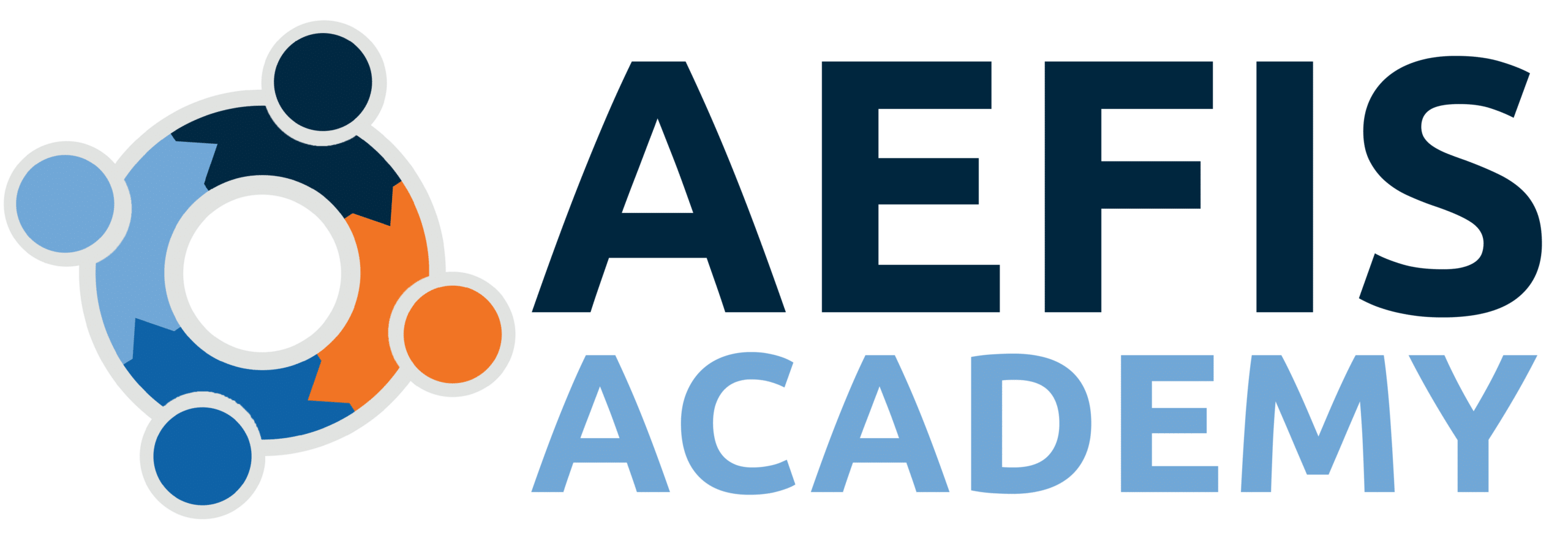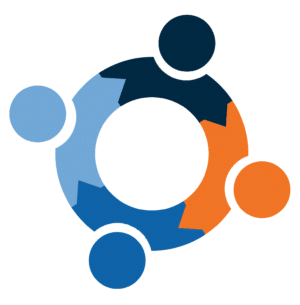Establishing a partnership with neighboring employers provides further opportunities for learners and increases the value of education at your institution. Learners have more exposure to the types of skills needed to attain jobs and employers get a glimpse of the learners and future workers you are preparing. Below is a simple checklist for getting started with partnerships with employers:
- Build a Team of CLR Champions at your university
- Identify Priority Industries or Employers
- Create a Partnership Plan
- Design noncredit, nondegree program or stackable credential
- Pilot a set of outcomes leading to credentials
- Create a data stream to collect, record and enable sharing of credential information
- Collect data on completers and use data to continuously improve and build new programs
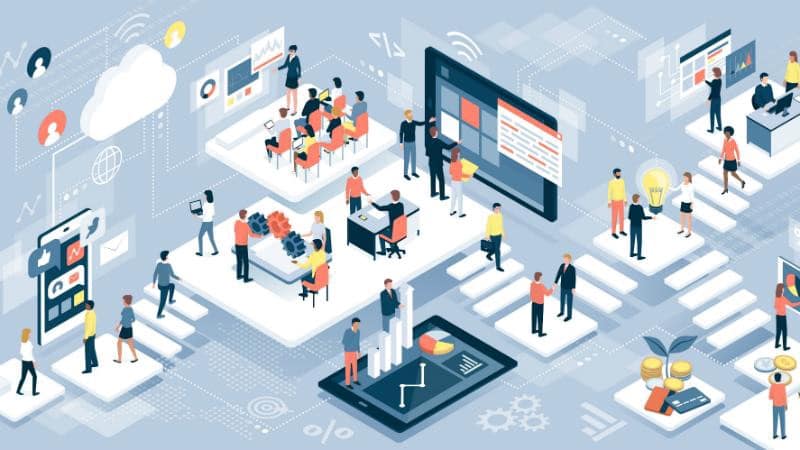
Creating an institutional culture
As with any initiative, there needs to be a plan to advance a CLR initiative based on the needs of the stakeholder as well as ownership for the work and resources needed to sustain this work.
But getting to this end game, a CLR of lifelong learning, is a shift for universities. Pivoting to a structure where CLR holds all of the students’ learning across experiences before they enter the university (prior learning), during their learning journey, and after program completion (lifelong learning), one has to engage the keepers of these experiences. This is where an intentional approach to engaging these stakeholders is essential.
University of Maryland Baltimore County (UMBC), through its collaboration with employers and the Greater Washington Partnership, is taking the lead in providing opportunities for university experiences and employer skills to align using curriculum mapping and CLR.
UMBC has a clear process that involves active engagement of stakeholders for learning which includes faculty, employers, and students.
Learn more about UMBC’s partnership and their strategy for CLR in this conference presentation video at the beginning of this lesson and in Lesson 3 of this course.
